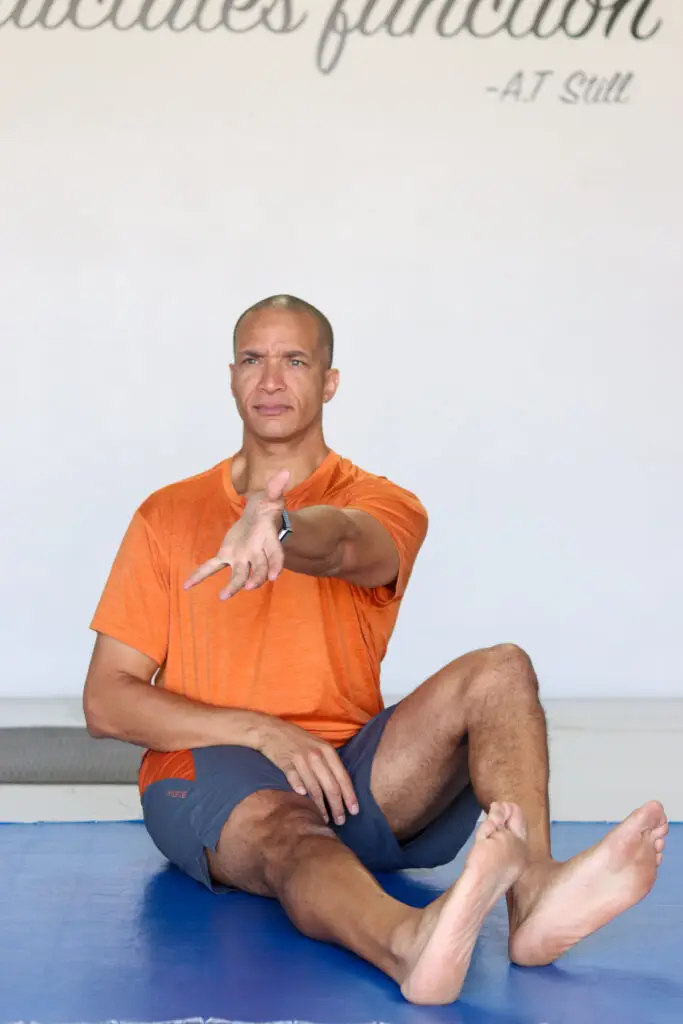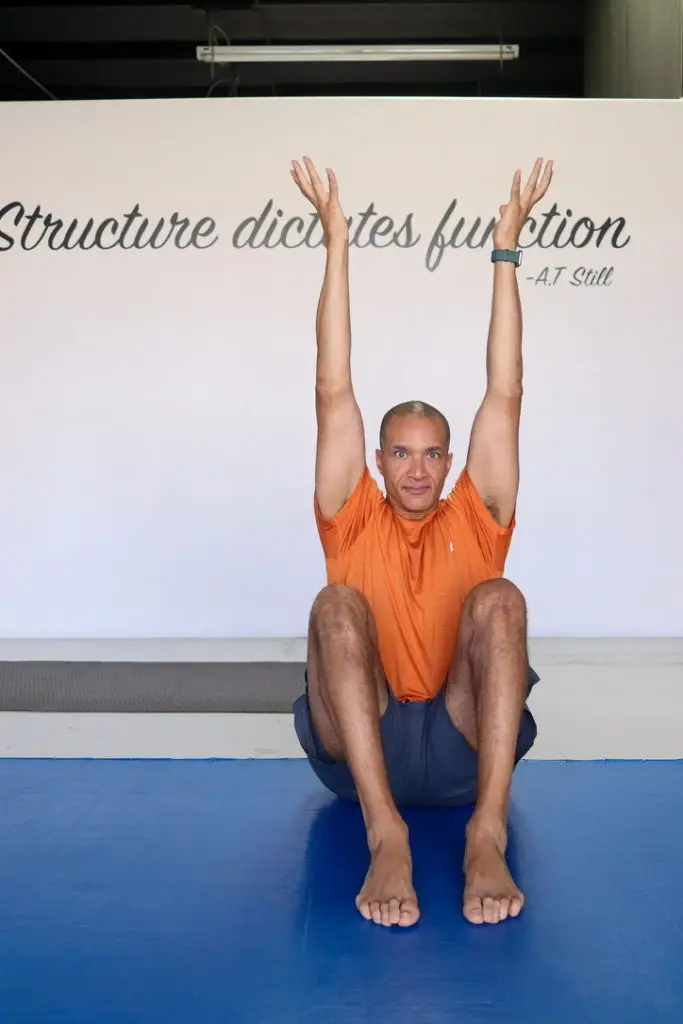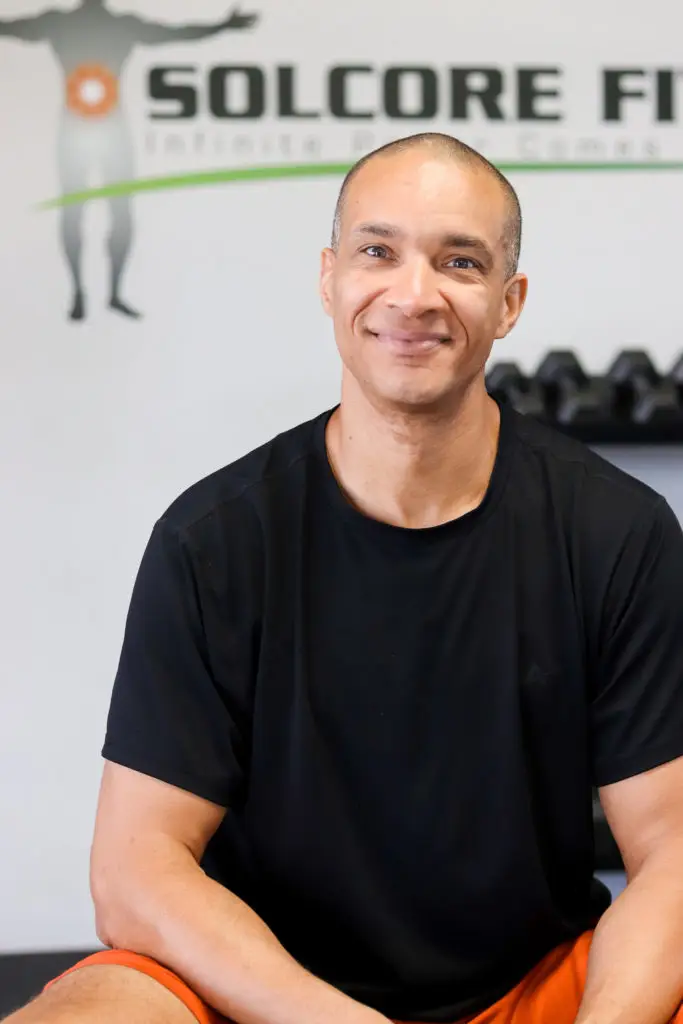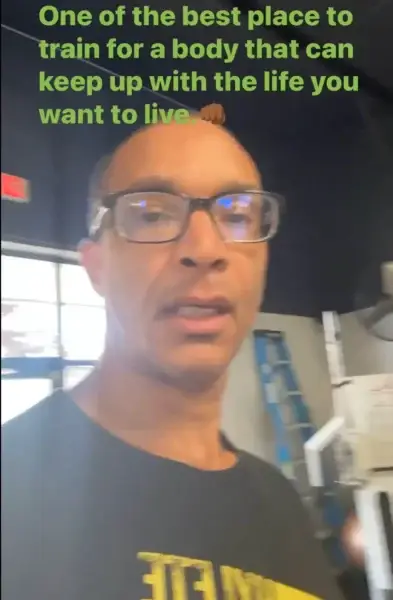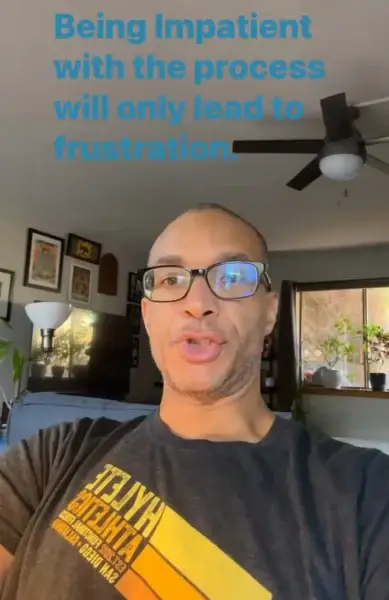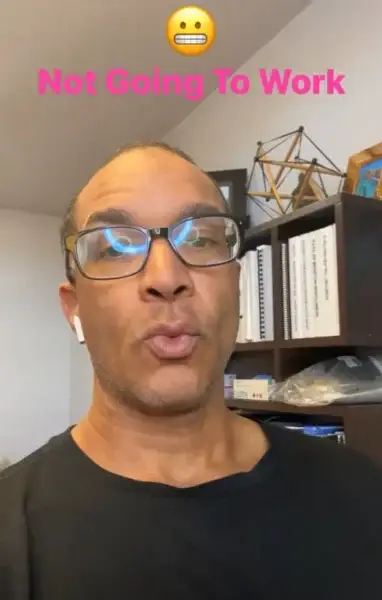
Piecemealing stretches and exercises from random sources is like picking a single word from different sentences in different books and hoping (shaking head no) that it is legible.
You might go for a walk one day. The next, you hit the bike. Later, you lift weights or follow a YouTube video. It feels productive—but it’s chaotic. And it’s not getting you the result you think it is.
You saw someone online doing planks, so you do them. A magazine swears by yoga, so you try a class. You assume you’re training your body as a whole—but you’re not.
What you’re actually doing is forming a sentence using words from five different books, in five different languages, on five different topics. You’re not creating clarity. You’re just patching together noise.
This is the trap of piecemeal workout routines.
You’re not training your body holistically. You’re not addressing the full system—muscles, tendons, ligaments, fascia, and joints—all working together. And you’re not following a strategy built around your actual body or goals.
True holistic training means having one philosophy that coordinates different activities with a clear purpose. It teaches your body how to move, adapt, and heal in a structured way.
Anything else is like trying to “get fluent” by watching TikTok clips in Spanish, French, and Japanese—without ever learning the alphabet.
So don’t confuse motion with progress.
If you want to feel strong, pain-free, and capable over time, follow a real program that treats your body like the intelligent system it is.
Building a foundation for a better life.
Find out more @

